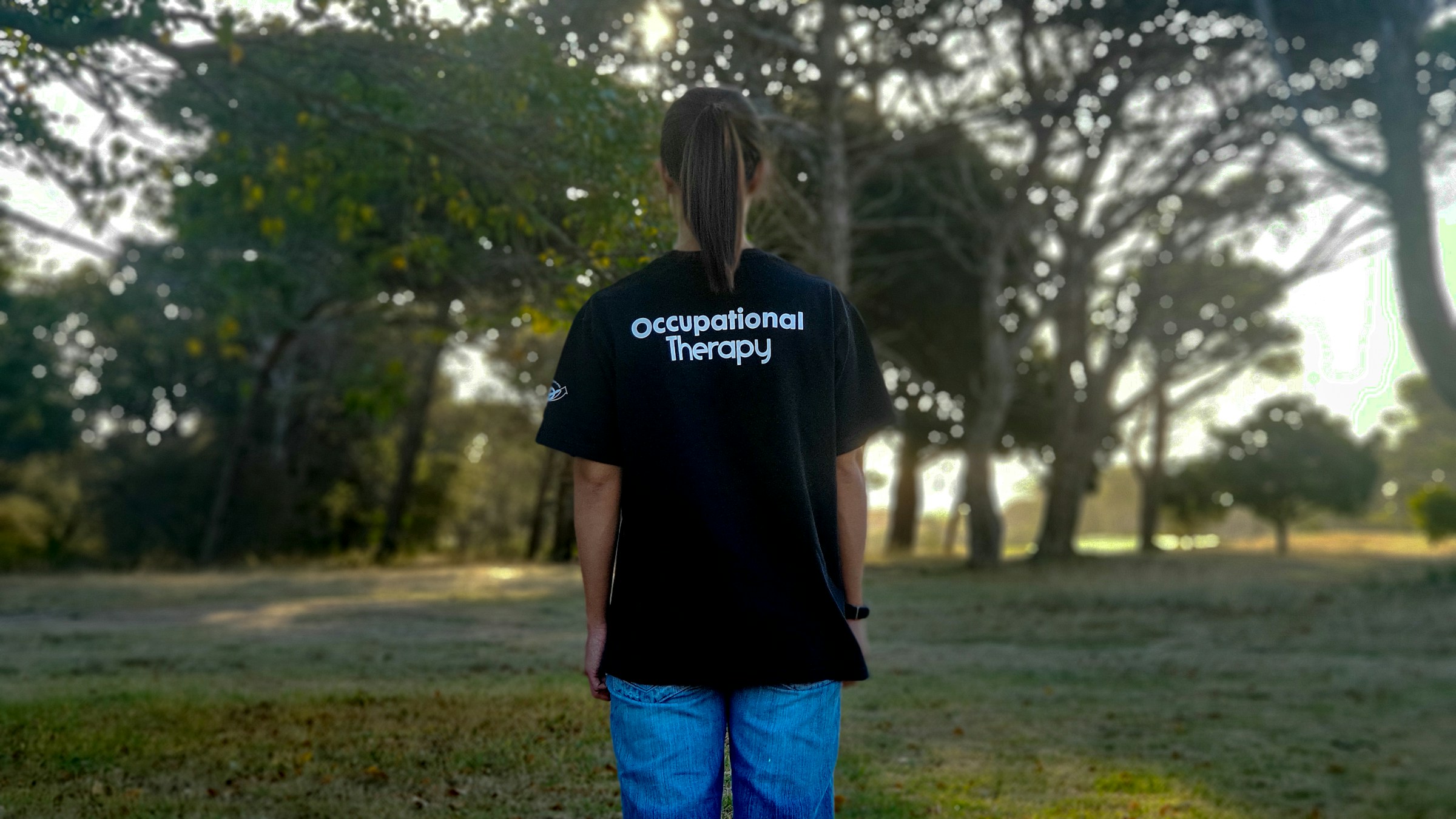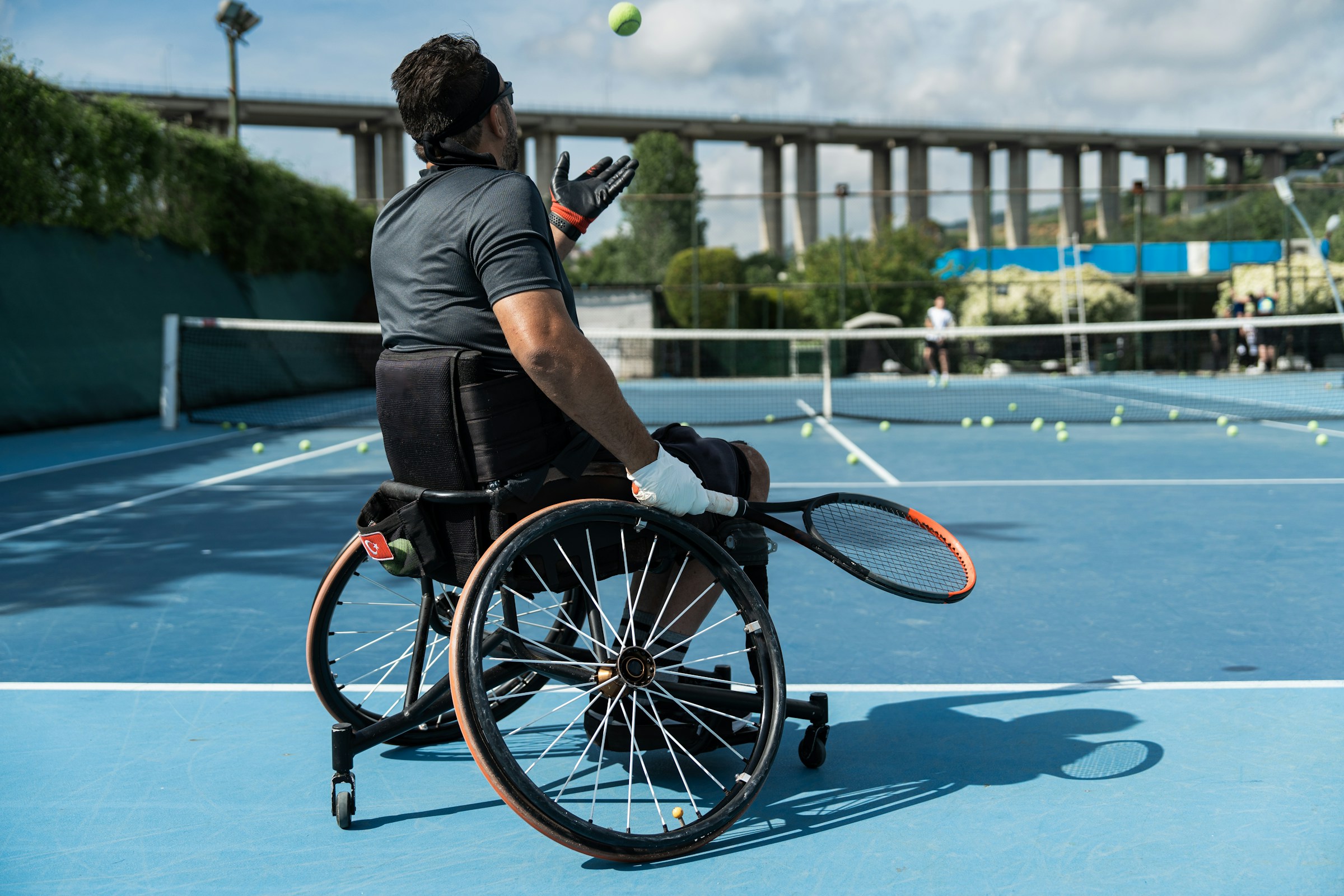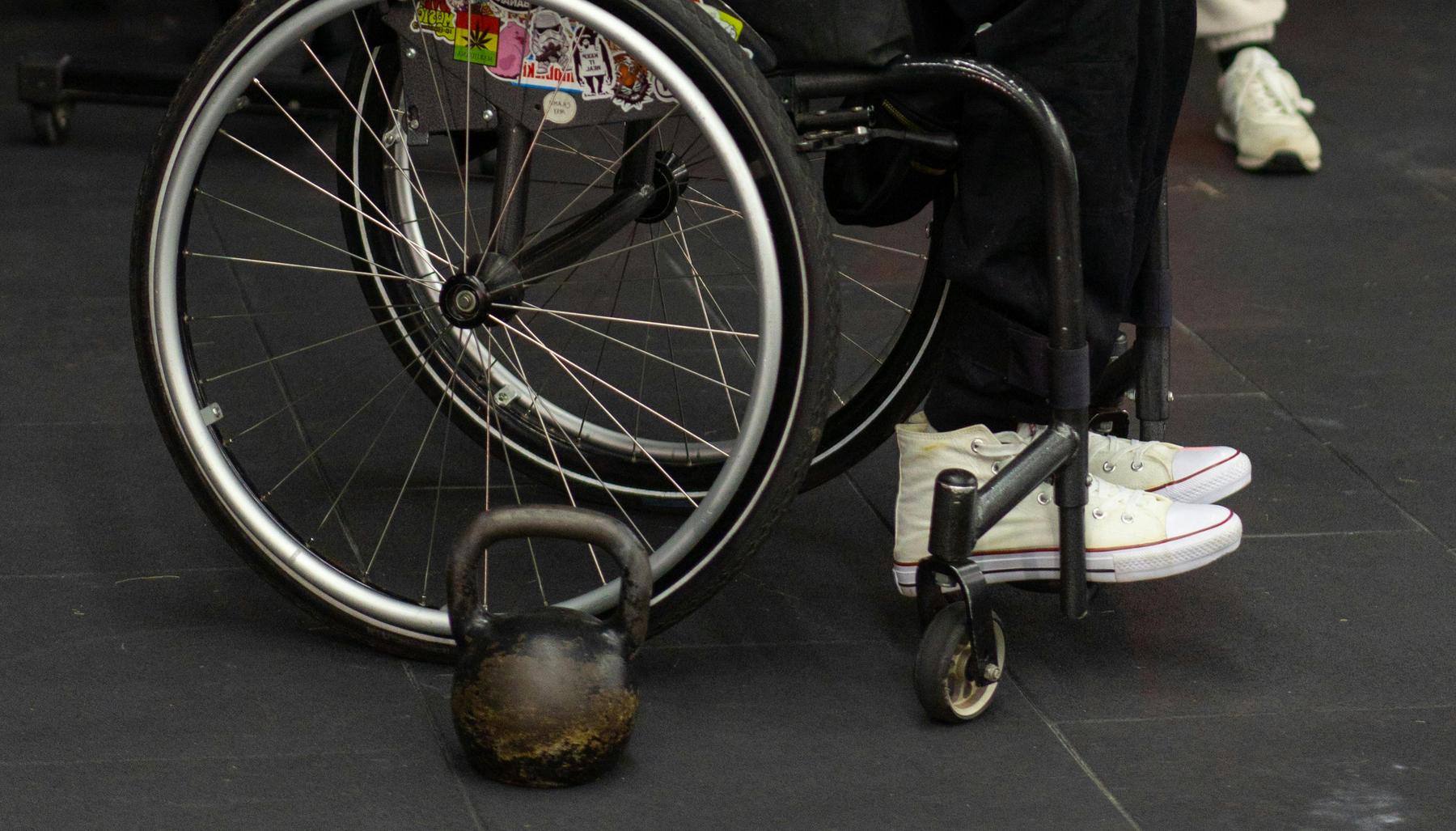When your child struggles to concentrate at school, becomes overwhelmed in busy environments, or seems unusually sensitive to everyday textures and sounds, you might wonder if there’s an underlying reason for these challenges. For many children, these behaviours stem from differences in how their nervous system processes sensory information from the world around them. Understanding how your child experiences and responds to sensory input can be the key to unlocking their potential and improving their daily functioning across home, school, and community environments.
Sensory processing difficulties affect between 5% to 16% of children, with particularly high rates among children with autism spectrum disorder (95%) and attention deficit hyperactivity disorder. These challenges can significantly impact a child’s ability to participate in everyday activities, from getting dressed in the morning to focusing in the classroom. Occupational therapists play a crucial role in conducting comprehensive sensory processing assessments for children, providing families and support teams with valuable insights that inform effective intervention strategies and environmental modifications.
What Are Sensory Processing Assessments and Why Do Children Need Them?
Sensory processing assessments are comprehensive evaluations that examine how a child’s nervous system receives, interprets, and responds to sensory information from both their environment and their own body. These assessments go far beyond the traditional five senses, also evaluating proprioceptive awareness (body position and movement), vestibular processing (balance and spatial orientation), and interoceptive awareness (internal body signals).
Children may benefit from sensory processing assessments when they demonstrate patterns of behaviour that suggest difficulty managing sensory input effectively. These patterns might include seeking intense sensory experiences, avoiding certain textures or sounds, appearing clumsy or uncoordinated, having difficulty with transitions, or showing extreme reactions to everyday sensory experiences.
The significance of these assessments extends beyond simple sensory experiences, influencing virtually every aspect of a child’s development and daily functioning. Children with sensory processing differences may experience challenges in academic performance, social interactions, emotional regulation, motor coordination, and basic activities of daily living such as eating, dressing, and sleeping.
Research has established strong connections between sensory processing difficulties and various neurodevelopmental conditions. The theoretical framework underlying sensory processing assessment draws from Dr. A. Jean Ayres’ sensory integration theory and Winnie Dunn’s Sensory Processing Framework, which identifies four distinct processing patterns: sensory seeking, sensory avoiding, sensory sensitivity, and low registration.
| Sensory Processing Pattern | Threshold Level | Response Strategy | Common Behaviours |
|---|---|---|---|
| Sensory Seeking | Low | Active | Craves movement, touches everything, makes noise |
| Sensory Avoiding | Low | Active | Covers ears, avoids messy play, selective eating |
| Sensory Sensitivity | Low | Passive | Becomes overwhelmed easily, withdraws from activities |
| Low Registration | High | Passive | Appears not to notice sensory input, seems sluggish |
Contemporary understanding recognises that sensory processing differences may represent natural variations in neurological functioning rather than pathological conditions requiring remediation. This neurodiversity-affirming approach emphasises identifying environmental accommodations and self-regulation strategies that support the child’s unique sensory needs.
How Do Occupational Therapists Conduct Sensory Processing Assessments?
Occupational therapists bring specialised knowledge of sensory integration theory, child development, and functional performance to the complex evaluation process of sensory processing assessments for children. Their unique perspective stems from a comprehensive understanding of how sensory processing influences occupational performance across various life domains including self-care, education, play, and social participation.
The assessment process begins with occupational therapists conducting comprehensive case histories and intake interviews with caregivers to understand the child’s developmental trajectory, current challenges, and family priorities. These initial conversations provide crucial context for interpreting formal assessment results and help identify specific functional concerns that will guide assessment selection and intervention planning.
Clinical observation represents a fundamental component of occupational therapy sensory assessment, allowing therapists to directly observe the child’s responses to sensory stimuli in controlled and naturalistic settings. Skilled occupational therapists can identify subtle signs of sensory processing differences through careful observation of the child’s posture, movement patterns, attention, arousal level, and behavioural responses to various sensory experiences.
The role of occupational therapists extends beyond assessment administration to include comprehensive analysis and interpretation of results within a broader functional context. This analytical process involves identifying patterns across different sensory systems, determining the functional impact of sensory processing differences, and developing evidence-based intervention recommendations.
Occupational therapists must consider not only the child’s sensory processing patterns but also environmental factors, developmental considerations, and family priorities when formulating assessment conclusions and recommendations. This holistic approach ensures that sensory processing evaluations remain grounded in functional outcomes rather than isolated sensory responses.
Professional development and continuing education requirements ensure that occupational therapists maintain current knowledge of advances in sensory processing research and assessment practices. Many occupational therapists pursue specialised training in sensory integration assessment and intervention, including certification programmes that provide advanced knowledge and skills in this specialised area of practice.
Which Assessment Tools Do OTs Use for Sensory Processing Evaluations?
The landscape of standardised sensory processing assessments encompasses a diverse range of tools, each designed to capture specific aspects of sensory functioning and provide evidence-based information for clinical decision-making. These assessments vary in their theoretical foundations, target age ranges, administration methods, and psychometric properties.
The Sensory Profile 2 (SP-2) represents one of the most widely used assessments in paediatric occupational therapy practice. Developed by Winnie Dunn and based on her Sensory Processing Framework, the SP-2 includes multiple forms designed for different age groups and settings, allowing for comprehensive evaluation of sensory processing from infancy through adolescence. The assessment evaluates six sensory systems (auditory, visual, touch, movement, body position, and oral) as well as behavioural responses and sensory processing patterns.
Research examining the psychometric properties of the SP-2 has demonstrated adequate reliability and validity for clinical use, with the assessment’s discriminative validity exceeding 95% in differentiating between children with and without sensory processing differences. The SP-2’s normative data, based on over 1,800 children in the standardisation sample, provides clinicians with age-appropriate comparison standards for interpreting individual results.
The Sensory Processing Measure, Second Edition (SPM-2) offers an expanded approach to sensory assessment, providing forms for use across the lifespan from 4 months to 87 years. Grounded in Ayres Sensory Integration theory, the SPM-2 evaluates seven sensory systems including olfactory and gustatory domains, as well as praxis and social participation functions. The assessment’s multi-environment approach allows for comparison of sensory processing across home, school, and community settings.
The Sensory Integration and Praxis Tests (SIPT) represents the most comprehensive standardised assessment available for evaluating sensory integration functions, consisting of 17 individual subtests that measure visual, tactile, and kinesthetic perception as well as motor performance. Developed by Dr. A. Jean Ayres and standardised on over 2,000 children aged 4 to 8 years 11 months, the SIPT provides detailed information about specific aspects of sensory processing and praxis.
Access to the SIPT requires specialised certification training, reflecting the complexity of administration, scoring, and interpretation procedures. While the SIPT provides unparalleled depth of information about sensory processing functions, its length and cost considerations may limit its use in some clinical settings.
What Does the Assessment Process Look Like for Families?
The implementation of sensory processing assessments involves a systematic approach that extends far beyond the administration of standardised tools, encompassing comprehensive evaluation planning, ecological assessment methods, and collaborative interpretation processes. Occupational therapists must consider multiple factors when designing assessment protocols, including the child’s developmental status, attention capabilities, cultural background, and specific referral concerns.
Pre-assessment preparation represents a critical phase that significantly influences the quality and validity of assessment results. Occupational therapists typically begin by conducting thorough interviews with primary caregivers to gather detailed developmental histories, understand current functional concerns, and identify specific assessment goals. Caregivers are often asked to complete preliminary questionnaires or rating scales prior to the formal assessment session.
The assessment environment requires careful consideration to optimise the child’s performance while maintaining standardised administration procedures. Many occupational therapists utilise specialised sensory evaluation spaces equipped with various sensory materials and equipment, though assessments may also be conducted in natural environments such as the child’s home or school.
Mobile occupational therapy services have become increasingly popular, allowing for assessment in familiar environments that may yield more representative information about the child’s typical sensory responses. This service delivery model aligns with contemporary approaches that recognise the importance of ecological validity in assessment practices.
The integration of multiple assessment methods provides a comprehensive understanding of the child’s sensory processing profile that cannot be achieved through any single evaluation approach. Occupational therapists typically combine standardised assessments with clinical observations, caregiver interviews, environmental evaluations, and functional performance measures.
Documentation and reporting procedures must adhere to professional standards while communicating complex assessment findings in accessible language for families and interdisciplinary team members. Comprehensive assessment reports typically include detailed descriptions of assessment methods, standardised test results with appropriate interpretations, clinical observations, functional implications, and evidence-based recommendations.
How Are Results Used to Support Children’s Development and NDIS Funding?
The National Disability Insurance Scheme (NDIS) has significantly impacted the landscape of occupational therapy services in Australia, including the provision of sensory processing assessments for children with disabilities. Understanding NDIS funding mechanisms, eligibility criteria, and service delivery requirements is essential for families seeking support for children with sensory processing difficulties.
NDIS eligibility for sensory processing assessments typically requires demonstration that the assessment is reasonable and necessary for supporting a participant’s goals and addressing disability-related needs. Occupational therapists must clearly articulate how sensory processing assessment will contribute to improved functional outcomes, reduced support needs, or enhanced community participation.
The NDIS funding structure recognises occupational therapy assessments under the Capacity Building budget category, specifically within the Improved Daily Living support category. Sensory processing assessments may be funded as part of comprehensive occupational therapy evaluations or as specialised assessments focused specifically on sensory functioning.
The NDIS requirement for evidence-based practice has elevated the importance of using psychometrically sound assessment tools and documenting clear links between assessment findings and intervention recommendations. Occupational therapists must demonstrate that their assessment approaches are grounded in current research evidence and that their recommendations are likely to achieve meaningful functional outcomes.
Assessment results are used to inform various types of support and intervention, including environmental modifications, sensory equipment recommendations, therapy goals, and educational accommodations. The functional focus of sensory processing assessments ensures that recommendations are practical and relevant to the child’s daily life experiences.
The NDIS planning process requires occupational therapists to clearly articulate how sensory processing assessments will contribute to achieving participant goals and improving functional outcomes. This includes demonstrating connections between sensory processing difficulties and the participant’s identified goals across domains such as communication, learning, mobility, self-care, and community participation.
Supporting Your Child’s Sensory Journey
Sensory processing assessments for children represent a vital step in understanding how your child experiences and interacts with the world around them. These comprehensive evaluations provide valuable insights that extend far beyond simple sensory preferences, offering a roadmap for supporting your child’s development, learning, and participation in daily activities.
The expertise that occupational therapists bring to sensory processing assessments ensures that families receive evidence-based information and practical recommendations tailored to their child’s unique needs. Through careful observation, standardised testing, and collaborative interpretation, these assessments illuminate the connections between sensory processing and functional performance across all areas of your child’s life.
As our understanding of sensory processing continues to evolve, the assessment tools and approaches used by occupational therapists become increasingly sophisticated and culturally responsive. This ongoing development ensures that children and families receive the most current and effective support available, whether through traditional clinic-based services or innovative mobile therapy options.
The integration of sensory processing assessments within frameworks like the NDIS demonstrates the recognised importance of these evaluations in supporting children with disabilities and their families. By providing clear links between sensory processing differences and functional outcomes, these assessments open doors to funding and support that can make meaningful differences in children’s lives.
Have questions? Need help? Contact Astrad Allied Health today.
How long does a sensory processing assessment take?
A comprehensive sensory processing assessment typically takes 2-3 hours, though this may vary depending on the child’s age, attention span, and the specific tools used. In some cases, assessments may be spread over multiple sessions.
At what age can children have sensory processing assessments?
Sensory processing assessments can be conducted from infancy through adolescence, with specific forms and tools designed for different developmental stages.
Will my child’s sensory processing assessment be covered by NDIS?
NDIS funding for sensory processing assessments depends on demonstrating that the assessment is reasonable and necessary for achieving the participant’s goals. Occupational therapists can assist in determining eligibility and preparing supporting documentation.
What happens after the assessment is completed?
After the assessment, occupational therapists provide detailed reports outlining the findings, functional implications, and evidence-based recommendations, which may include therapy goals, environmental modifications, and equipment suggestions.
Can sensory processing assessments be conducted via telehealth?
While some components of sensory processing assessments can be adapted for telehealth, many require hands-on evaluation and direct observation. Mobile occupational therapy services may offer assessments in the child’s natural environment for a more comprehensive evaluation.












